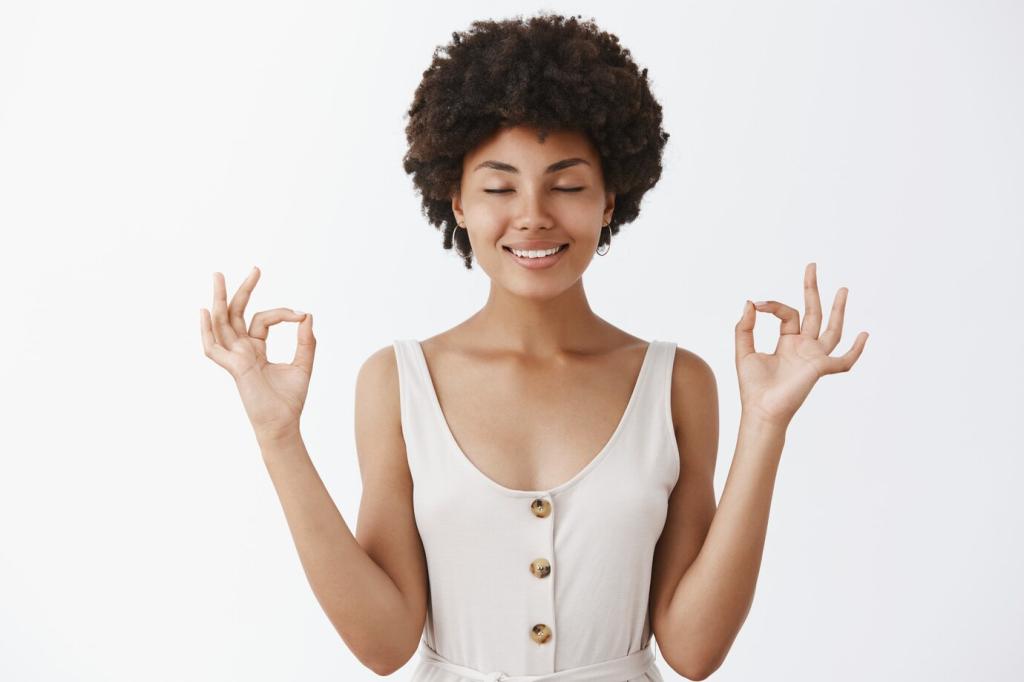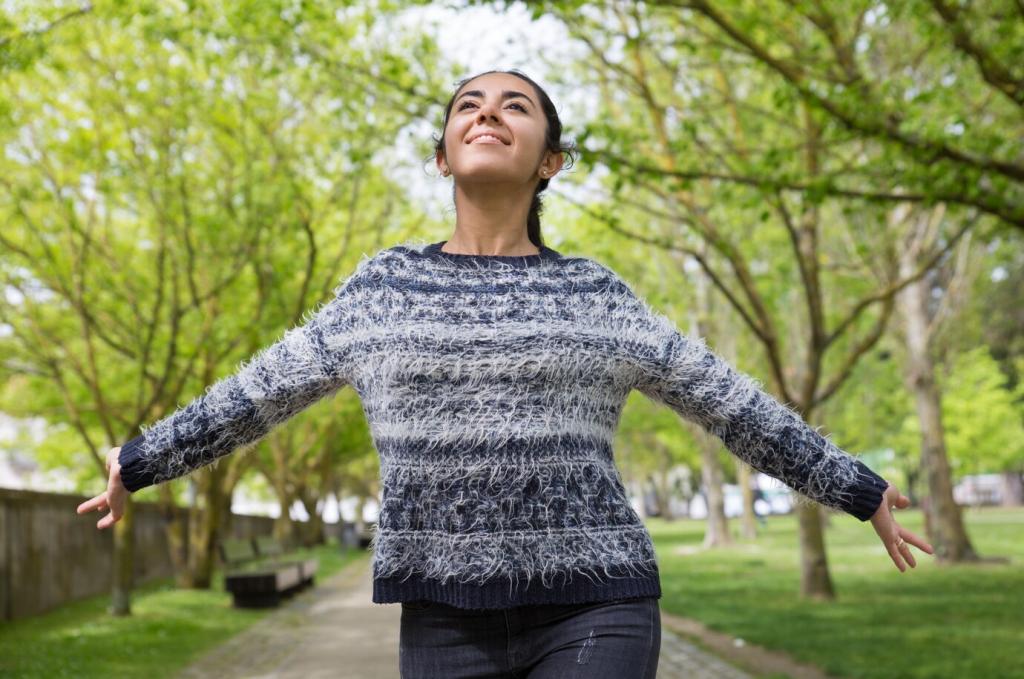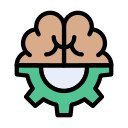
Yoga Poses to Alleviate Depression: Gentle Practices for Brighter Days
Today’s chosen theme: “Yoga Poses to Alleviate Depression.” Step into a compassionate space where breath-led movement, restorative shapes, and mindful presence help soften heaviness, spark energy, and nurture steady hope—one kind posture at a time.
Why Yoga Helps When the World Feels Heavy
Gentle yoga engages the parasympathetic nervous system, improves vagal tone, and can reduce rumination by anchoring attention in breath and sensation. Research suggests mindful movement supports serotonin regulation, sleep quality, and emotion regulation—which together can ease depressive symptoms in a gradual, sustainable way.
Morning Sequence: Awaken Lightness
Start on hands and knees. Inhale to arch (Cow), exhale to round (Cat), moving slowly for eight to ten cycles. Let the movement massage the back and neck. Picture stale thoughts sliding off the spine as breath washes through. If wrists tire, come to forearms and keep the rhythm gentle.
Morning Sequence: Awaken Lightness
Step into Warrior II with feet wide, front knee bent, arms open. Soften the shoulders and gaze over front fingertips. Take steady breaths, feeling your legs hold you up. This shape says, “I can stand here.” Switch sides. If fatigue rises, shorten the stance or rest between rounds.
Morning Sequence: Awaken Lightness
Fold at the hips with soft knees, letting the head hang to soothe the nervous system. Roll down to Bridge, lifting hips gently to awaken glutes and open the chest. End with knees hugged in or a one-minute Legs-Up-the-Wall. Close practice by noticing one sensation that feels even slightly better.
Restorative Poses for Overcast Evenings
Supported Child’s Pose for quiet refuge
Kneel with big toes touching, knees wide, and rest your torso on stacked pillows or a bolster. Turn your head to one side, then the other. Breathe into the back ribs for three to five minutes. The gentle forward fold can slow racing thoughts and cradle the body in grounded safety.
Reclined Bound Angle to soften the heart space
Lie back with soles of feet together and knees supported by blocks or cushions. Slide a pillow under your spine if comfortable. Rest hands on belly and heart, tracking the rise and fall of breath. This subtle opening counters the collapsed posture that often accompanies depression and fatigue.
Legs-Up-the-Wall to reduce heaviness
Scoot one hip to the wall, swing legs up, and rest with a folded blanket under the low back if desired. Close the eyes and lengthen the exhale. Five to ten minutes here can calm the nervous system, ease swelling or fatigue in the legs, and gently refresh a foggy mind.
Breath and Mindfulness Interwoven with Poses
In any pose, inhale for four, exhale for six to eight counts. Longer exhales signal safety to your nervous system. Imagine stress draining downward through your feet or tailbone. If dizziness arises, return to a natural pace. This simple ratio can noticeably soften anxious edges and invite steadier presence.
Breath and Mindfulness Interwoven with Poses
Sit comfortably. Gently close the right nostril, inhale left; switch and exhale right. Inhale right; switch and exhale left. Continue for several rounds. This rhythmic pattern can settle scattered thoughts, brighten dullness, and prepare you to enter poses with clearer focus and a more balanced state.


Sustainable Practice and Community Support
Maya set a five-minute timer nightly for Legs-Up-the-Wall and three rounds of long exhales. After two weeks, mornings felt a touch lighter, and she noticed fewer spirals before bed. Her practice wasn’t perfect. It was faithful and kind—enough to tilt the day toward possibility when motivation was low.
